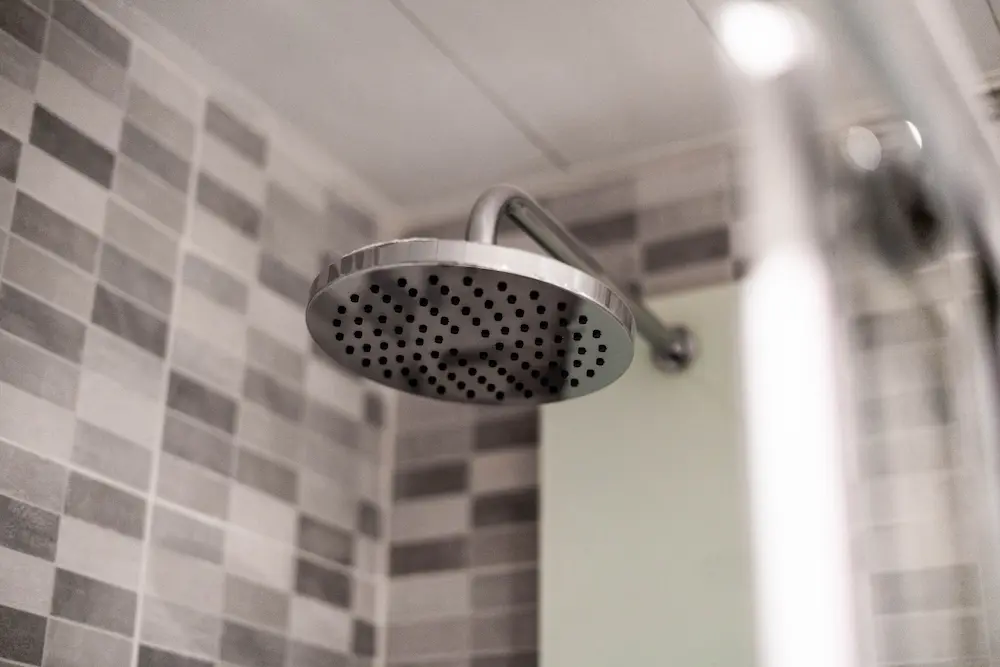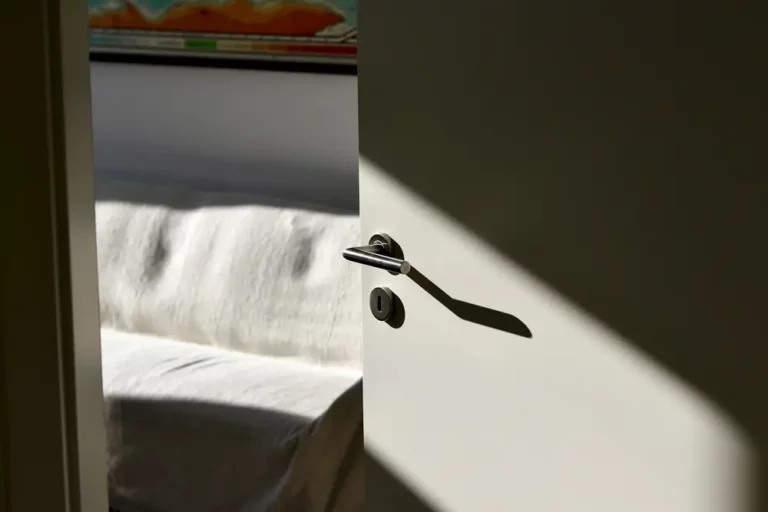Can a Shower Head Increase Water Pressure? Exploring the Options
As someone who has experienced a weak shower flow, you may have wondered if a new showerhead could increase water pressure. The good news is that a showerhead can indeed increase water pressure, but it may not be a miracle solution. The water pressure in your shower is determined by several factors, including your home’s water supply, pipes, and the showerhead itself.
If you have low water pressure, there are several things you can try before replacing your showerhead. For example, you can check your home’s water pressure regulator, which controls the water pressure coming into your home. If it’s set too low, adjusting it may help increase water pressure in your shower. You can also check for any leaks in your pipes or fixtures, which can cause low water pressure.
Understanding Water Pressure
What is Water Pressure?
Water pressure is the force at which water flows through pipes and fixtures. It is measured in pounds per square inch (PSI). The higher the pressure, the more forceful the water flow. Low water pressure can be frustrating, especially when taking a shower or trying to fill a pot with water.
Factors Affecting Water Pressure
There are several factors that can affect water pressure. Some of the most common ones include:
- Clogs in pipes: Mineral buildup and debris can accumulate in pipes over time, causing blockages that restrict water flow and reduce pressure.
- Leaks: Leaks in pipes or fixtures can also reduce water pressure. Even small leaks can add up over time and cause a significant drop in pressure.
- Water main break: A water main break can cause a sudden drop in water pressure throughout an entire neighborhood or city.
- Elevation: Water pressure can also be affected by elevation. The higher the elevation, the lower the water pressure.
- Water source: The source of the water can also affect water pressure. For example, if the water comes from a well, the pressure may be lower than if it comes from a municipal water supply.
Understanding these factors can help you identify and address any issues that may be causing low water pressure in your home.
Can a Shower Head Increase Water Pressure?
As someone who has experienced weak water pressure in my shower, I have often wondered if a shower head can increase water pressure. After doing some research and speaking with experts, I have learned that the answer is yes, but with some caveats.
How Shower Heads Work
To understand how a shower head can increase water pressure, it’s important to know how shower heads work. Water pressure is the force at which water flows through pipes and into your shower. Shower heads then regulate the flow of water by restricting it through small holes or nozzles. Some shower heads also mix air with water to create a more forceful spray.
Shower Head Types and Water Pressure
Not all shower heads are created equal when it comes to increasing water pressure. Some shower heads, such as low-flow shower heads, are designed to conserve water and therefore may not increase water pressure. However, there are shower heads specifically designed to increase water pressure, such as high-pressure shower heads and rain shower heads.
It’s also important to note that the water pressure in your home may be limited by your plumbing system or water supply. If your home has low water pressure, a shower head designed to increase water pressure may not be enough to make a significant difference.
In conclusion, while a shower head can increase water pressure, it’s important to choose the right type of shower head and consider other factors such as your home’s plumbing system. By doing so, you can enjoy a more satisfying shower experience.
Choosing the Right Shower Head
When it comes to improving water pressure in your shower, choosing the right shower head is key. There are several types of shower heads available, each with their own unique features and benefits. Here are some options to consider:
High-Pressure Shower Heads
High-pressure shower heads are designed to increase water pressure in your shower. They typically have smaller nozzles that help to concentrate water flow, resulting in a more powerful shower experience. Some high-pressure shower heads even use air infusion technology to further increase water pressure.
Adjustable Shower Heads
Adjustable shower heads are a versatile option that allows you to customize the water flow to your liking. They typically feature multiple spray patterns, such as massage, rain, and mist, that can be adjusted with the turn of a dial. This type of shower head is great for households with multiple people who have different preferences for water pressure and spray patterns.
Water-Saving Shower Heads
Water-saving shower heads are a great option for those who want to conserve water while still enjoying a satisfying shower experience. They typically use less water than traditional shower heads, but still provide enough pressure to get you clean. Some water-saving shower heads even come with a pause button that allows you to temporarily stop the flow of water while you lather up, further reducing water usage.
When choosing a shower head, it’s important to consider your water pressure needs, as well as any additional features that may be important to you. Take some time to research different options and read reviews from other users before making a purchase. With the right shower head, you can enjoy a satisfying shower experience every time.
Installation and Maintenance
How to Install a Shower Head
Installing a new shower head is a simple and straightforward process that can be completed in just a few minutes. Here are the steps to follow:
- Remove the old shower head: Use a wrench or pliers to unscrew the old shower head from the shower arm. Be careful not to damage the threads on the arm.
- Clean the shower arm: Use a cloth or brush to clean the threads on the shower arm to remove any debris or old Teflon tape.
- Apply Teflon tape: Wrap a few layers of Teflon tape around the threads on the shower arm in a clockwise direction. This will help create a tight seal and prevent leaks.
- Attach the new shower head: Screw the new shower head onto the shower arm by hand, and then use a wrench or pliers to tighten it further. Be careful not to over-tighten, as this can damage the shower head or shower arm.
- Test for leaks: Turn on the water and check for any leaks around the shower head. If you notice any leaks, use a wrench or pliers to tighten the connection further.
Maintaining Your Shower Head
Proper maintenance can help extend the life of your shower head and ensure that it continues to function properly. Here are some tips for maintaining your shower head:
- Clean the shower head regularly: Over time, mineral deposits and other debris can build up inside the shower head and reduce water flow. To clean your shower head, remove it from the shower arm and soak it in a solution of equal parts water and vinegar for several hours. Rinse the shower head thoroughly with water before reattaching it.
- Check for leaks: Periodically check the shower head and shower arm for any signs of leaks. If you notice any leaks, use a wrench or pliers to tighten the connection further.
- Replace worn-out parts: If you notice any cracks, corrosion, or other signs of wear and tear on your shower head or shower arm, it may be time to replace them. Consult with a plumber or home improvement expert for guidance on selecting the right replacement parts.
By following these simple steps, you can install and maintain your shower head to ensure that it provides optimal water pressure and a refreshing shower experience.
Conclusion
In conclusion, a shower head can increase water pressure to some extent, but it’s not a magic solution. It’s important to understand that water pressure is affected by many factors, including the plumbing system, the water source, and the flow rate.
Replacing an old or clogged shower head with a new one that has a higher flow rate can improve water pressure, but it won’t make a significant difference if the plumbing system or water source is the issue. It’s also important to note that some shower heads come with a flow restrictor that limits water pressure, so removing it can help increase water pressure. However, this may not be legal in some areas.
If you’re experiencing low water pressure in your shower, it’s best to consult a professional plumber to identify the root cause of the problem. They can inspect the plumbing system and recommend the best solution. It may be as simple as cleaning the shower head or as complex as replacing the entire plumbing system.
In summary, a shower head can increase water pressure, but it’s not a cure-all solution. It’s important to consider all factors that affect water pressure and consult a professional if you’re experiencing consistent low water pressure.




